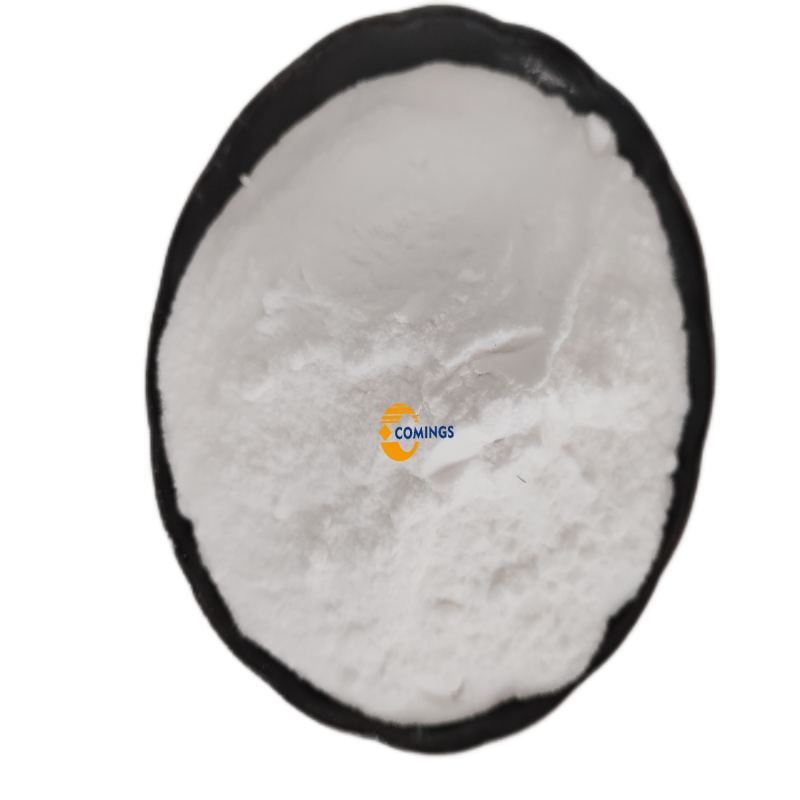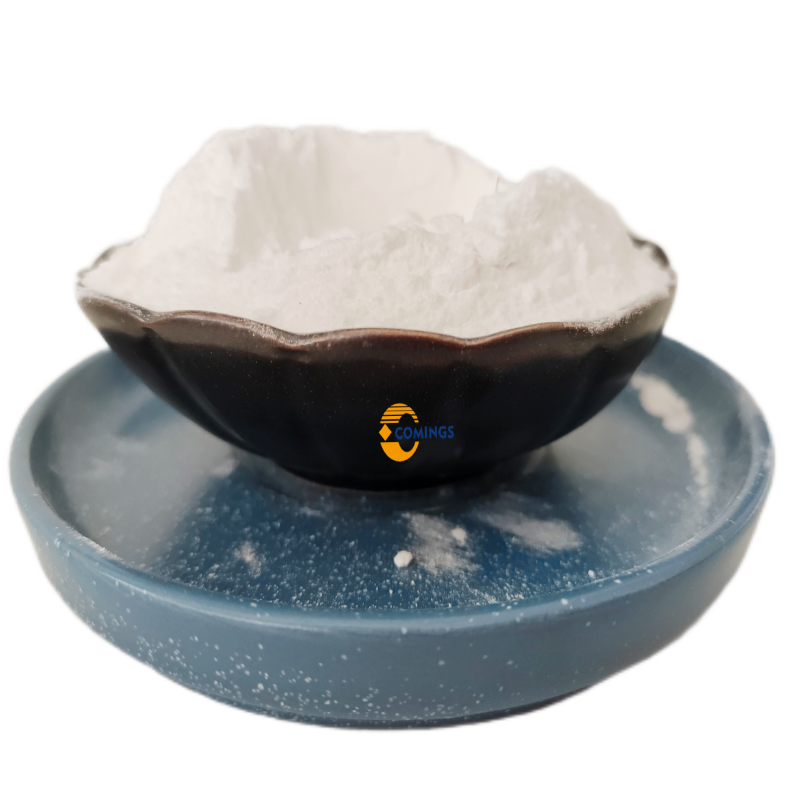-
Categories
-
Pharmaceutical Intermediates
-
Active Pharmaceutical Ingredients
-
Food Additives
- Industrial Coatings
- Agrochemicals
- Dyes and Pigments
- Surfactant
- Flavors and Fragrances
- Chemical Reagents
- Catalyst and Auxiliary
- Natural Products
- Inorganic Chemistry
-
Organic Chemistry
-
Biochemical Engineering
- Analytical Chemistry
-
Cosmetic Ingredient
- Water Treatment Chemical
-
Pharmaceutical Intermediates
Promotion
ECHEMI Mall
Wholesale
Weekly Price
Exhibition
News
-
Trade Service
First author: Yu Zhigang
Corresponding author: Guo Jianhua
Newsletter: Australian Centre for Water and Environmental Biotechnology (ACWEB), University of Queensland
Paper DOI: 10.
1002/advs.
202203260
.
In the microscopic world, do you know how bacteria adapt to changing environments? Normally, bacteria maintain a specific shape (such as a ball or a short rod) to maintain their survival needs
.
But when exposed to environmental stressors, such as antibiotics, this particular morphology changes to some extent in order to survive better, and filamentization is one of
them.
What is filamentization?
Bacterial filamentization is a "malformed" way of growth: during reproduction, cells are blocked from dividing after extension, resulting in a significant increasein cell body length.
Under adverse environmental conditions, such as antibiotic stress, bacteria thrive this way
.
In addition, filamentization of bacteria is a temporary manifestation in which bacteria return to their normal form
when environmental conditions are improved (without antibiotic stress pressure).
Image source: Drawn by the author
Why filamentosis?
Bacterial filamentization is usually due toadverse environmental conditions.
These adverse environmental conditions include antibiotics, pH, nutrition, temperature, and UV exposure
.
Taking antibiotics as an example, when exposed to ciprofloxacin and cephalexin, bacterial DNA is damaged and the SOS rescue response (RecA-LexA, that is, the DNA repair system) in the body is activated.
This inhibits the formation of a diaphragm (Z-ring), which plays an important role in cell division, and induces the production of
filament.
Image source: Drawn by the author
What are the adverse effects of filamentization?
Filiform cells are long and difficult to be completely engulfed by bacterial predators, phagocytes or the host immune system to escape predatorsand predators.
For example, E.
coli, which can cause urinary tract infections in humans, is prone to filamentization
after antibiotic treatment.
Because these filamentized cells can escape predation from phagocytes or the host immune system and cannot be completely removed, they will cause repeated urinary tract infections
.
In addition, filamentous bacteria have a stronger ability to colonize and take nutrients in the environment than normal bacteria, and are easy to form biofilms, which are difficult to be completely removed, so it is easy to cause human health and other related problems
.
What are the characteristics of filamentous bacterial division?
This study found that although the normal division of filamentous bacteria is blocked, they can still divide in an unequal way, which is different fromthe traditional cognitive diquoting method.
Under low-dose antibiotic treatment, this unequal division occurs mainly at both ends of the cell
.
Filamentous bacterial division process (selected from the original text)
What role do plasmids play in filamentization?
In this study, two strains (Escherichia coli and Pseudomonas alloputida) and two plasmids (RP4 and pKJK5) were first tested ), they were analyzed in real time with confocal microscopy to changecell morphology under the action of antibiotics.
The results showed that both plasmid-free strains (E.
coli and P.
alloputida) were filamentized, while the plasmid-containing bacteria remained in normal form
.
Further studies have found that E.
coli (UPEC), which can cause urinary tract infections in humans, can also be filamentized under the action of antibiotics, while the bacteria remain in normal form
after containing plasmids.
Antibiotic-induced filamentization of bacteria (from original)
How do plasmids work?
By analyzing the genetic data of the above two plasmids, we found that both carry plasmid distribution systems (so that plasmids can be stably inherited and distributed to daughter cells), especially the toxin-antitoxin system (TA system, such as parDE)。 Toxin proteins in this system inhibit or kill bacteria, while antitoxin proteins neutralize toxin toxicity
.
The TA system is widely present in prokaryotes and has an important impact
on bacterial survival and coping with environmental stresses.
In order to further elucidate whether the TA system carried by plasmids is an important factor in changing bacterial filament, the Escherichia coli J53 strain was selected and five different plasmids
were constructed.
Both toxins and antitoxins carried by these plasmids are expressed
under the control of arabinose-induced promoters.
Strains | plasmid | toxin | antitoxin |
E. | pBAD24 (control). | × | × |
pJIMK78 | | × | |
pJIMK92 | (but not expressed). | × | |
pJIMK99 | × | | |
pJIMK78/pJIMK99 | | |
×: None; : Yes
.
.
This result shows that the TA system can influence the morphological response
of bacteria to antibiotic stress.
Effect of the toxin-antitoxin system on filamentization (from the original).
.
The picture is taken from the original text
Significance
In this study, we are the first to discover the effect of plasmids on antibiotic-induced bacterial filament, expanding our new understandingof plasmid-mediated evolution of bacterial resistance.
Due to the widespread use of antibiotics, the toxin-antitoxin system carried by plasmids plays an important role
in bacterial evolution.
In addition, for human pathogens that do not contain a toxin-antitoxin system, antibiotic treatment is likely to induce filamentization of these pathogenic bacteria, resulting in recurrent infections
.
This study provides a new basis
for potential risk assessment and new drug development due to antibiotic therapy.
Paper link
https://onlinelibrary.
wiley.
com/doi/full/10.
1002/advs.
202203260
About the author
First author: Yu Zhigang, postdoctoralfellow at the University of Queensland Water Centre, Australia.
His research interests include the mechanism of bacterial resistance and its spread and control
in the environment.
At present, many research results have been published in Advanced Science, The ISME Journal, Gut Microbes, Water Research and other journals
。 Corresponding author: Professor Guo Jianhua, Deputy Director of the Water Centre at the University of Queensland, Australia, is currently the Editor-in-Chief of the Journal of Hazardous Materials and Water Science & Technology Associate Editor
of Water Research.
His research interests include the spread and control of bacterial resistance, the treatment and control of new environmental pollutants, the new technology of biological denitrification of sewage, and microbial ecology in water engineering systems
.
Source: UQ Water Center
.
Submit, cooperate, reprint, and join the group, please add the editor WeChat Environmentor2020! Environmentor is the largest academic public account in the field of environment, with 13W+ active readers
.
Since WeChat has modified the push rules, please add the environmental person Environmentor as a star, or click "Watching" at the bottom of the page after each view, so that you can receive our daily tweets as soon as possible! Environmentor has more than 20 comprehensive groups, journal submission groups, fund application groups, study abroad application groups, and research field groups, etc.
, welcome to add WeChat Environmentor2020, we will pull you into the corresponding group
as soon as possible.
Past Recommendations
Thesis pitchES&T Editor-in-Chief/Associate Editor: Why was my paper rejected before it was submitted for review?
Angew, Academician Qu Jiuhui of Tsinghua University: Restriction Enhancement Using Free Radical-Led Rapid Fenton-like ReactionMenachem Elimelech Team and Harbin Institute of Technology Nat.
Commun.
: Janus Electrocatalytic Membrane Highly Selective Synthesis ROS Academician Qu Jiuhui Team of Tsinghua University ES&T: Green Fenton - Atomic Hydrogen-Mediated Hydrogen Peroxide Hydroelectric Reduction Activation Process Hongying Zhao and Guohua Zhao of Tongji University ES&T: Electro-Fenton Cathodic Oxidation-Reduction Synergistic Advanced Treatment of Halogen-Containing Pollutants ES& T: Research on the Application of Conductive Anaerobic Granular Sludge in Sewage Treatment and Electricity Production: HKUST Lam Mitsu Team ES&T: How to achieve selective adsorption and removal of phosphate in water? Professor Lin Shihong of Vanderbilt University, USA, ES&T Outlook: Intuitive Understanding of Energy Efficiency in Desalination ProcessWR: Sewage biodegradability determines the construction mechanism
of microorganisms in sewage plants, Professor Lowry of Carnegie Mellon University, and AM: Sulfur content and morphology regulate the hydrophobicity, electron transport, reactivity and selectivity of sulfide nano-ZVI iron Academic Recruitment: Vanderbilt University Environmental Engineering Graduate Program Enrollment (Ph.
D.
M.
)Yujie's research group in the Department of Chemical and Environmental Engineering, University of California, Riverside, recruits doctoral students (or postdoctoral fellows)Dr.
Dr.
Yujie, School of Energy and Environment, City University of Hong Kong.
Sam H.
Y.
HSU Research Group Recruitment Ph.
D.
, Laboratory of Environmental Molecular and Synthetic Biology at the University of Notre Dame, USA, plans to recruit 2 full-award doctoral students, Stockholm University in Sweden and Eawag, Switzerland, jointly recruiting full-award doctoral students (environmental direction), Professor Zhao Huazhang of the School of Environmental Science and Engineering, Peking University, recruits doctoral academic information, Professor Julie B.
Zimmerman of Yale University as the editor-in-chief
of ES&T Professor Bryan W.
Brooks of Baylor University will become editor-in-chief of ES&T Letters,
academician of the Korean Academy of Sciences, and Wonyong Choi will become the founding editor-in-chief of ACS ES&T Engineering, and Professor Wang Zimeng of the Department of Environment of Fudan University will become co-editor-in-chief of Applied Geochemistry CEJ Advances was launched in | Professor Pan Bingcai is the editor-in-chief, and four Chinese scholars are the associate editors of the ACS Dialogue | Interview with Academician Ma Jun, Founding Associate Editor of ACS ES&T Engineering: Environmental Science & Ecotechnology Editor-in-Chief Team!
Scan the QR code and quickly join the group~






